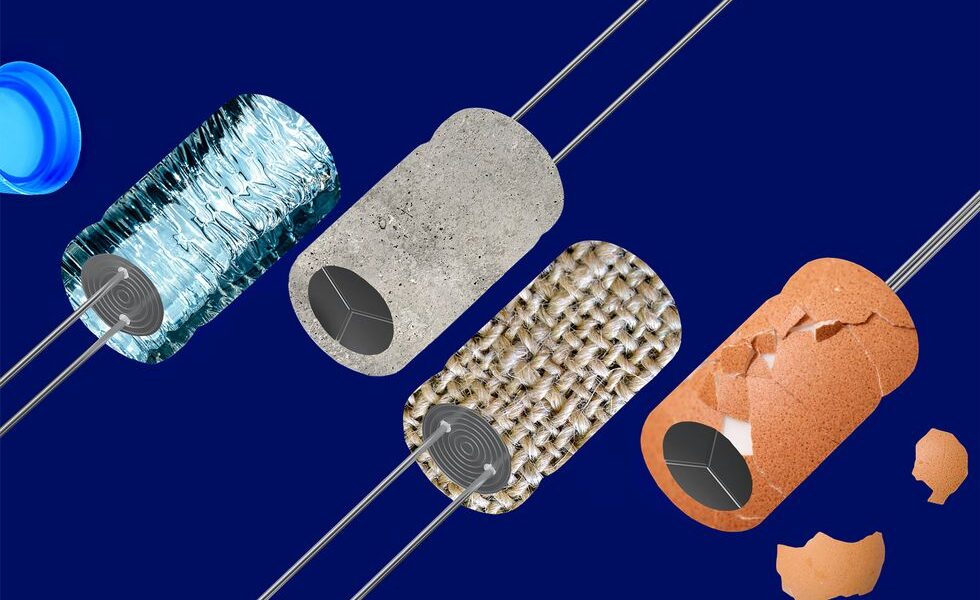Innovative researchers are developing supercapacitors from unexpected materials such as water bottles, eggs, hemp, and cement. These energy storage devices hold significant potential for sustainable energy solutions. Supercapacitors, like their name implies, offer greater capacity than conventional capacitors and can charge or discharge rapidly, which makes them ideal for applications requiring immediate bursts of energy, such as backup power for factories or data centers.
Typically composed of activated carbon or graphene electrodes, electrolytes, and a separator, supercapacitors operate by accumulating positive ions on one side of the separator while negative ions gather on the opposite side. This design allows for quick energy release and recharging. Recent advancements suggest that these devices could be produced from recycled and natural materials, enhancing their sustainability and performance.
Water Bottles: A Recycling Revolution
A remarkable development emerged from Michigan Technological University, where researchers converted polyethylene terephthalate (PET), a common plastic found in single-use water bottles, into supercapacitors. In a study published in the journal Energy & Fuels, the team demonstrated a method to create electrodes and separators from shredded plastic bottles.
The process involves shredding bottles into small grains, treating them with powdered calcium hydroxide, and heating the mixture to 700 °C in a vacuum. This results in an electrically conductive carbon powder. The researchers also created separators by cutting the bottles into squares and optimizing hole patterns for current flow. The PET-based supercapacitor achieved a capacitance of 197.2 Farads per gram, surpassing traditional materials, which typically measure around 190.3 Farads per gram.
Yun Hang Hu, a materials scientist at Michigan Technological University, sees promise in this innovation for commercial applications, contingent on overcoming collection and processing hurdles.
Eggs, Hemp, and Cement: Surprising Alternatives
In addition to plastics, everyday items like eggs and hemp are also being utilized in energy storage solutions. A team from the University of Virginia successfully created a supercapacitor entirely from eggs. Their innovative approach involved grinding eggshells into powder, mixing them with egg whites and yolks, and subjecting the mixture to high temperatures to produce activated carbon electrodes. The resulting supercapacitor demonstrated flexibility, retaining 80 percent of its capacitance even after 5,000 cycles.
Meanwhile, researchers from Ondokuz Mayıs University in Türkiye explored the potential of hemp. By using pomegranate hemp plants to create activated carbon electrodes, they produced a supercapacitor that maintained 98 percent of its capacitance after 2,000 cycles. The energy density of the hemp-derived carbon stood at 65 watt-hours per kilogram, comparable to commercial alternatives.
Cement, a staple in construction, is also gaining traction in the energy sector. A group from the Massachusetts Institute of Technology (MIT) has crafted electrodes from a unique combination of water, nearly pure carbon, and cement. They discovered that this combination creates a synergy that enhances the electrodes’ ability to hold ions. Their cement-based supercapacitors maintained capacitance even after 10,000 cycles, with one prototype capable of storing up to 10 kilowatt hours, enough to meet about one-third of an average American’s daily energy consumption.
As researchers continue to innovate with materials that are both sustainable and effective, the future of supercapacitors looks promising. While challenges remain in competing with established battery technologies, the potential for environmentally friendly energy storage solutions could pave the way for a more sustainable energy landscape.







